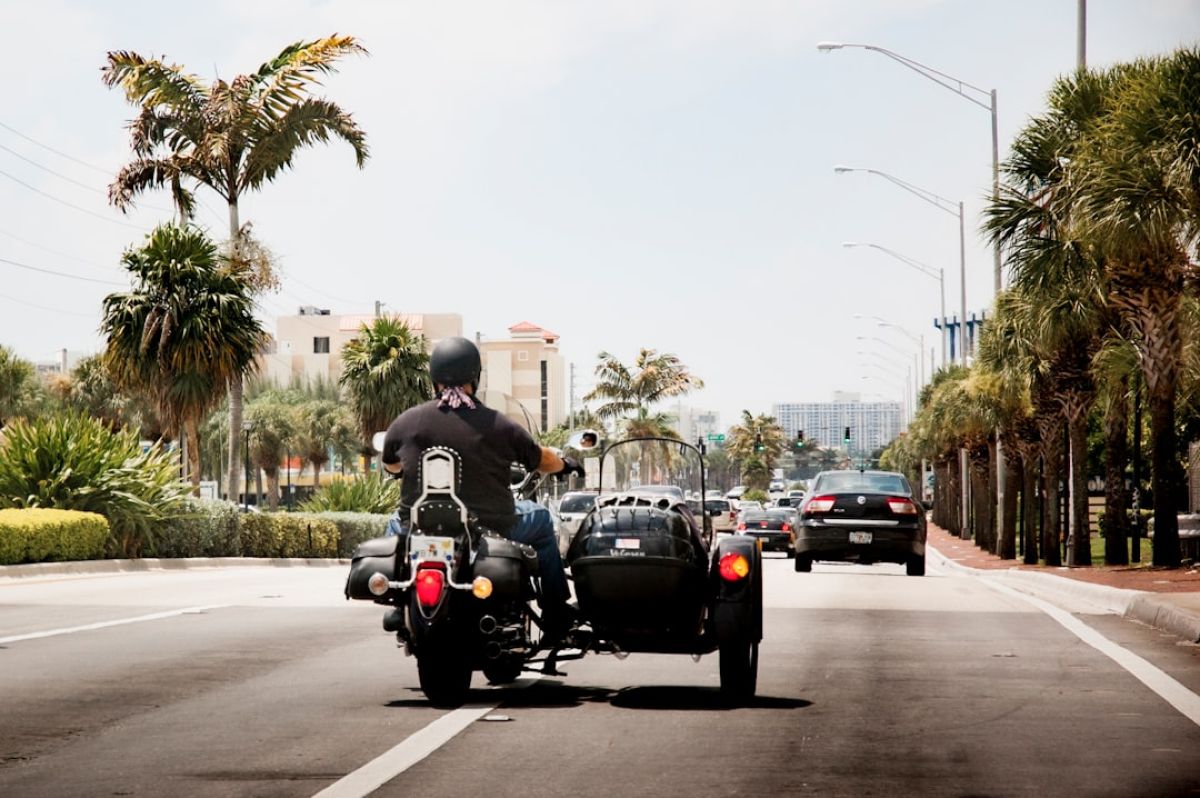Naples Beach Lightning Strike Injures 4

## Lightning Strikes Close to Home: A Naples Perspective on Beach Safety
Naples, Florida. Paradise. Sun-kissed beaches, turquoise waters, and swaying palms. We’re lucky to call this slice of heaven home. But even paradise has its dangers, and as we saw recently with the terrifying news of four women being knocked unconscious by a lightning strike on a Florida beach, we need to take them seriously. While the incident didn’t happen directly on our Naples shores, it serves as a stark reminder that we’re not immune to the power of Mother Nature, especially during our volatile summer months.
This isn’t just some far-off news story. This happened in our state, highlighting the very real threat that lightning poses to everyone enjoying Florida’s beaches, including right here in Naples. It’s easy to get caught up in the beauty of a sunny day and dismiss the distant rumble of thunder, but as we’ve seen, the consequences can be devastating. So, let’s talk about it. Let’s talk about lightning safety, Naples style.
**Understanding the Threat: Why Florida, Why Naples?**
Florida has earned its nickname, the “Lightning Capital of the U.S.,” for a reason. Our unique geographic location, combined with the warm, moist air rising from the Gulf of Mexico and the Atlantic Ocean, creates the perfect recipe for thunderstorm development, particularly during the rainy season from May to October. Naples, nestled right on the Gulf coast, is right in the thick of it.
Think of it like this: the heat and humidity create rising air, like a hot air balloon. This rising air collides with cooler air higher in the atmosphere, creating instability. Inside these storm clouds, ice particles collide, generating an electrical charge. This charge builds up until – BAM! – lightning. And with our flat terrain and proximity to the water, we’re particularly exposed.
**Recognizing the Signs: When to Head Indoors**
Here in Naples, we’re used to afternoon thunderstorms rolling in. But knowing when a storm is truly dangerous requires more than just glancing at the sky. Here’s your Naples-specific guide to recognizing the signs:
* **The 30-30 Rule:** This is your golden rule for lightning safety. If you hear thunder within 30 seconds of seeing lightning, seek shelter immediately. Count the seconds between the flash and the boom. Every five seconds equals approximately one mile. If it’s less than 30 seconds, the storm is too close for comfort.
* **Darkening Skies:** While a beautiful sunset can paint the sky in dramatic hues, rapidly darkening skies during the day, especially if accompanied by a greenish tint, are a clear warning sign of a severe thunderstorm brewing.
* **Gusting Winds:** A sudden increase in wind speed, often accompanied by blowing dust and debris, can indicate a downdraft from a nearby thunderstorm. This is your cue to get off the beach and find safe shelter.
* **Static on the Radio:** While we might not all carry transistor radios anymore, static on your car radio or interference with your cell phone signal can be an early indicator of electrical activity in the atmosphere.
* **Hair Standing on End:** This might sound like something out of a movie, but it’s a real phenomenon and a very serious warning sign. If you feel your hair standing on end, it means the electrical charge in the air is extremely high and lightning is imminent. Seek immediate shelter!
**Finding Safe Shelter in Naples: Beyond the Beach Umbrella**
Let’s be clear: a beach umbrella offers absolutely no protection from lightning. Neither does a flimsy beach tent or hiding under a tree. In Naples, we have a few options for safe shelter during a thunderstorm:
* **Solid Structures:** Your best bet is a substantial building with plumbing and electrical wiring. This could be a beachside restaurant, a shop, or a friend’s condo.
* **Hard-Top Vehicles:** If you’re caught on the road, a hard-top vehicle with the windows rolled up can provide reasonable protection. Avoid convertibles or vehicles with fiberglass or open tops.
* **Designated Shelters:** Many parks and public areas in Naples have designated storm shelters. Familiarize yourself with their locations before heading out.
**What to Do After the Storm: Staying Safe**
Even after the storm has seemingly passed, it’s important to remain vigilant. Wait at least 30 minutes after the last clap of thunder before resuming outdoor activities. Lightning can still strike even after the rain has stopped.
**Beyond the Beach: Lightning Safety at Home in Naples**
Lightning safety isn’t just about beach days. It’s about being prepared at home too. Here are some tips for staying safe during a thunderstorm in Naples:
* **Unplug Electronics:** Lightning can travel through electrical systems and damage your appliances. Unplug computers, televisions, and other electronics to protect them from surges.
* **Stay Away from Water:** Avoid showering, bathing, or washing dishes during a thunderstorm. Plumbing can conduct electricity.
* **Stay Indoors:** Remain indoors and away from windows and doors.
**Spreading the Word: Keeping Our Community Safe**
The incident with the four women is a wake-up call for all of us. It’s a reminder that lightning is a serious threat, and we need to take precautions to protect ourselves and our loved ones. Share this information with your friends, family, and neighbors. Let’s make Naples not only a beautiful place to live, but a safe one too.
This isn’t about living in fear; it’s about being informed and prepared. By understanding the risks and taking simple precautions, we can all continue to enjoy the beauty of Naples and its stunning beaches while staying safe during thunderstorm season. So, next time you’re heading out, remember the 30-30 rule, keep an eye on the sky, and have a plan for seeking shelter. Stay safe, Naples!